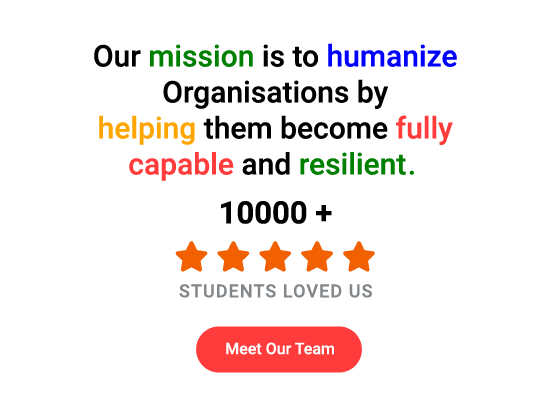
Are you looking to embark on an Agile transformation journey for your organisation? Look no further than tryScrum's white paper on the Stages of Agile Transformation. In this paper, we discuss the stages of Agile transformation based on extensive research and collaboration with experienced Agile coaches.
At tryScrum, we have worked with numerous organisations, ranging from startups to large corporations, and have identified the critical stages of Agile transformation that companies typically go through. We present a framework that outlines these stages, from initial adoption to full-scale implementation, along with practical guidance and real-world examples to help organisations on their Agile transformation journey.
Introduction:
Agile has emerged as a transformative approach to software development, enabling organisations to respond quickly to changing customer needs, improve team collaboration, and deliver high-quality products faster. However, Agile transformation is not a one-time event but a continuous journey, requiring a shift in mindset, culture, and practices. To help organisations navigate this journey, this white paper outlines the stages of Agile transformation and guides how to move from one stage to the next.
The Stages of Agile Transformation:
1. Stage One: Agile Transformation Awareness
2. Stage Two: Agile Transformation Adoption
3. Stage Three: Agile Transformation Optimization
4. Stage Four: Agile Transformation Scaling
Each stage is described in detail, with examples of companies successfully transitioning through the stages.
Stage 1: Agile Transformation Awareness “According to a survey by VersionOne, 53% of respondents stated that a lack of skills and knowledge was a barrier to successful agile adoption”. Stage 1 of Agile transformation marks the beginning of the journey towards agility. At this stage, organisations are typically characterised by a traditional, hierarchical structure, focusing on process adherence, functional silos, and rigid roles and responsibilities. However, the leadership team recognises the need for change and is committed to exploring Agile ways of working.
To begin the Agile transformation journey, the leadership team should focus on creating a shared vision and purpose for the organisation, which will guide the transformation efforts. They should communicate this vision effectively to all stakeholders, including employees, customers, and partners. This will create a sense of purpose and direction and align everyone towards the same goals. Agile coaches can play a critical role in facilitating this process. They can help the leadership team identify patterns of dysfunction and resistance to change and provide guidance on overcoming them. They can also help the leadership team understand the principles and values of Agile and how they can be applied to the organisation's context.
Patterns and Examples:
One of the key patterns that Agile coaches encounter at this stage is a need for more trust between different teams and departments. This can manifest as a reluctance to share information or collaborate, leading to delays, miscommunication, and quality issues. Agile coaches can help the leadership team create cross-functional teams that work together to deliver value to the customer. They can also facilitate team-building activities that help foster trust and open communication.
Another pattern that Agile coaches may encounter is a focus on output rather than outcomes. This can lead to a culture of overwork and burnout, as teams are incentivised to meet unrealistic deadlines at the expense of quality and sustainability. To address this, Agile coaches can help the leadership team shift their focus towards delivering value to the customer rather than meeting arbitrary targets. They can also help teams adopt Agile practices such as Scrum or Kanban, which promote transparency, collaboration, and continuous improvement. How Agile Coaches can help: 1. Educating stakeholders: Agile Coaches can help raise awareness about the benefits of agile ways of working and help stakeholders understand how it benefits to drive business outcomes.
How Agile Coaches can help:
1. Educating stakeholders: Agile Coaches can help raise awareness about the benefits of agile ways of working and help stakeholders understand how it benefits to drive business outcomes.
2. Conducting assessments: Agile Coaches can facilitate the assessment process to evaluate an organisation's current reality and identify areas where agile ways of working can improve efficiency and effectiveness. Through this approach, Agile Coaches can gain insights into the strengths and weaknesses of the organisation, which can help enhance transparency and identify focus areas for improvement.
3. Developing a roadmap: Agile Coaches can help organisations develop a roadmap for their agile transformation, including identifying key milestones and timelines and determining the necessary resources and support needed to embrace new ways of working.
Stage 1 of Agile transformation represents a critical opportunity for organisations to create a shared vision and purpose for the Agile journey. Read More>>
Download the Complete Whitepaper here

